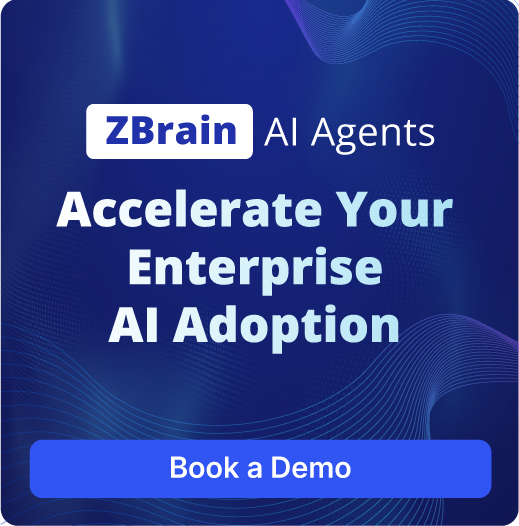
New Hire Onboarding Agent
Detects new employee records in the HRM system and automatically initiates onboarding tasks like sending welcome emails, scheduling orientation, and assigning training modules.

Employee Offboarding Agent
Detects employee termination events in the HRM system and automates key offboarding actions including exit interview scheduling and final payroll processing.

Job Description Creation Agent
Generates precise, role-aligned job descriptions by leveraging HR data and contextual user inputs.

Engagement Data Consolidation Agent
Consolidates engagement survey data from multiple sources into a standardized, clean dataset, intelligently mapping schemas, enriches metadata, and flags anomalies for reliable downstream analysis.

Engagement Insights AI Agent
Analyzes engagement data, extracts insights, and auto-generates tailored reports for HR, leaders, and executives.

Job Description Update Agent
Enhances job descriptions for clarity, inclusivity, and localization using AI—driving better talent engagement and hiring outcomes.

New Hire Onboarding Agent
Detects new employee records in the HRM system and automatically initiates onboarding tasks like sending welcome emails, scheduling orientation, and assigning training modules.

Employee Offboarding Agent
Detects employee termination events in the HRM system and automates key offboarding actions including exit interview scheduling and final payroll processing.

Job Description Creation Agent
Generates precise, role-aligned job descriptions by leveraging HR data and contextual user inputs.

Engagement Data Consolidation Agent
Consolidates engagement survey data from multiple sources into a standardized, clean dataset, intelligently mapping schemas, enriches metadata, and flags anomalies for reliable downstream analysis.

Engagement Insights AI Agent
Analyzes engagement data, extracts insights, and auto-generates tailored reports for HR, leaders, and executives.

Job Description Update Agent
Enhances job descriptions for clarity, inclusivity, and localization using AI—driving better talent engagement and hiring outcomes.
Optimize Employee Lifecycle Management with ZBrain AI Agents
ZBrain AI Agents for Employee Lifecycle transform how HR departments handle various processes, significantly enhancing the overall efficiency, accuracy, and responsiveness of operations. These AI agents are designed to automate critical HR tasks, allowing HR professionals to focus on strategic initiatives rather than being bogged down by repetitive administrative duties. Built for flexibility, ZBrain AI Agents seamlessly integrate with existing HR systems, ensuring smooth adoption without disrupting established workflows. Their adaptability extends across the entire employee journey, from streamlining recruitment and onboarding to boosting employee engagement through tailored surveys and real-time performance insights. By employing ZBrain AI agents, companies can achieve consistent, efficient, and intelligent HR management that aligns with organizational goals, drives better decision-making, and fosters higher employee satisfaction and retention.

